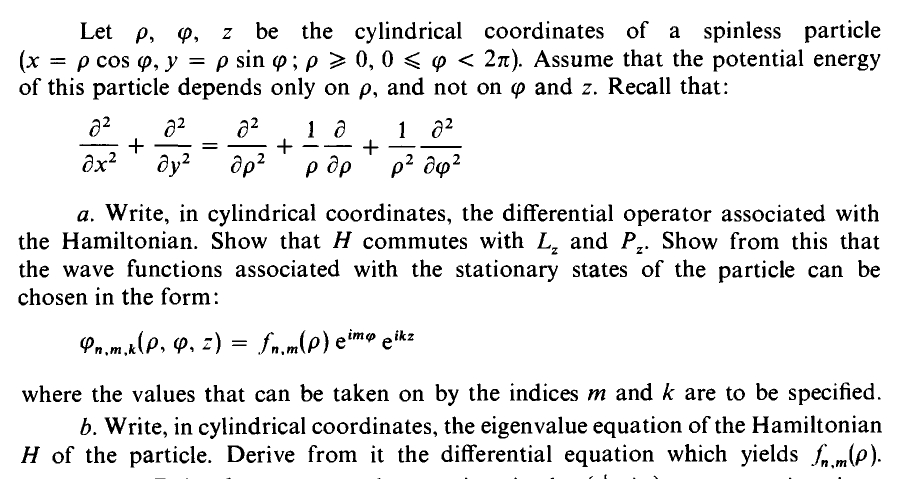

As with the force occurring in Newton's second law, its exact form is not provided by the Schrödinger equation, and must be independently determined based on the physical properties of the system.įor many real-world problems the energy operator H does not depend on time. The Hamiltonian describes the total energy of the system. Where i is the imaginary unit, t is time, is the partial derivative with respect to t, is the reduced Planck's constant (Planck's constant divided by 2π), ψ( t) is the wave function, and is the Hamiltonian (a self-adjoint operator acting on the state space). Using Dirac's bra-ket notation, the definition of energy results in the time derivative operator: at time t by. The Schrödinger equation provides a quantitative description of the rate of change of the state vector. As the state of a system generally changes over time, the state vector is a function of time. This state vector encodes the probabilities for the outcomes of all possible measurements applied to the system. In the mathematical formulation of quantum mechanics, each system is associated with a complex Hilbert space such that each instantaneous state of the system is described by a unit vector in that space. It is of central importance to the theory of quantum mechanics, playing a role analogous to Newton's second law in classical mechanics. In physics, the Schrödinger equation, proposed by the Austrian physicist Erwin Schrödinger in 1925, describes the space- and time-dependence of quantum mechanical systems.


 0 kommentar(er)
0 kommentar(er)
